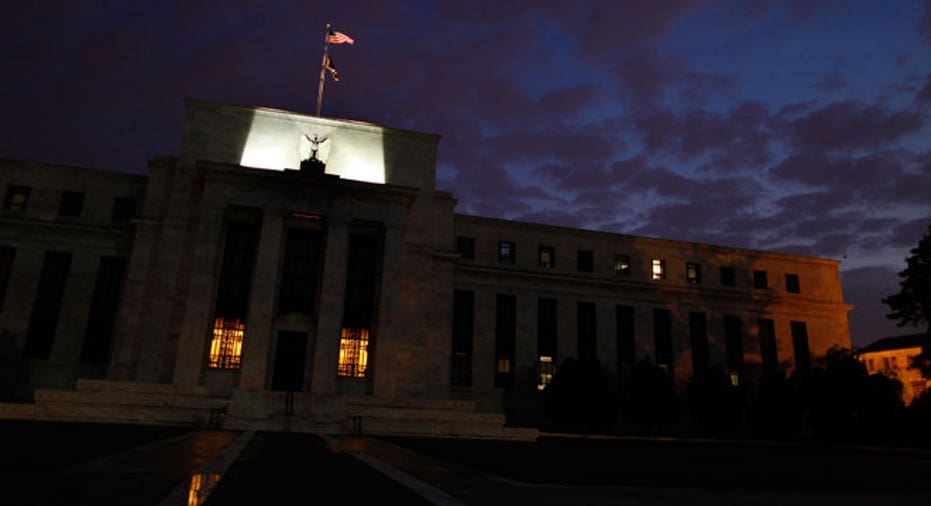New Research Hints at Fed Cutting Unemployment Threshold

A pair of new and simultaneous research papers by top Federal Reserve staffers call for the central bank to lower the unemployment threshold for when it will begin raising interest rates.
Goldman Sachs (NYSE:GS) believes the high-level and simultaneous research “considerably” increases the chances the Fed will lower its unemployment threshold to at least 6% or even 5.5% early next year.
By slashing the Fed’s so-called forward guidance, the central bank would be embarking on further monetary policy easing in an effort to lower stubbornly-high unemployment.
“Taken together they provide a very strong rationale” for further easing, Jon Hatzius, chief economist at Goldman, wrote in a research note to clients on Tuesday. “Given the structure of the Federal Reserve Board, we believe it is likely that the most senior officials -- in particular, Ben Bernanke and Janet Yellen -- agree with the basic thrust of the analysis.”
Pending confirmation from the U.S. Senate, Fed vice chair Yellen is expected to succeed dovish-Bernanke as the first female Fed chief. Yellen has signaled she believes the Fed and other central banks need to be more aggressive to lower unemployment.
That thinking matches the new Fed research, which is set to be presented at an annual International Monetary Fund research conference later this week.
In the first paper, lead author William English argues that the optimal Fed policy would be to commit to keep the federal funds rate near zero until 2017 before hiking rates. Yet the paper notes this may not be possible due to the complexities of monetary policy and likely credibility issues.
As a substitute, the English paper finds that the economy performed better when the unemployment threshold is at 6% instead of the current 6.5%. The paper also finds evidence a further downgrade to 5.5% would help the economy even more.
In the second paper, the authors estimate that real potential gross domestic product growth has only averaged 1.3% since 2007.
The paper also finds that the post-crisis era “features a noticeable deterioration in the economy’s productive capacity” and much of the problem is tied to an internal response to the “persistently weak state of aggregate demand.”
The authors conclude that the best policy response to the crisis would be to keep rates near zero until unemployment falls to the structural rate, which it pegs at 5.75%.
It’s worth noting that both papers contain a number of caveats that could increase the difficulty of carrying out such a program in real life.
Still, it was enough for closely-watched Goldman Sachs to shift its forecast to now call for the Fed to reduce its unemployment threshold from 6.5% to 6% at the March meeting. The investment bank sees the Fed coupling that move with its first scaling back of quantitative easing, the $85 billion monthly bond-buying program.
Hatzius said an unemployment threshold change could come as early as December and may also include tapering QE.
“Admittedly, the uncertainty around what the committee will do to strengthen the guidance remains considerable,” Hatzius said.



















